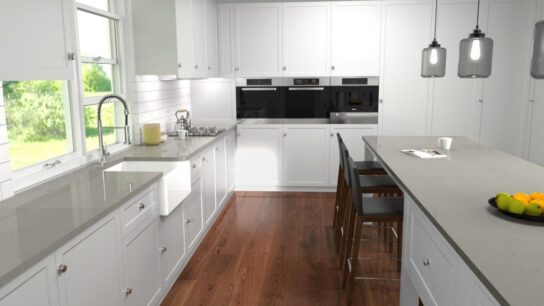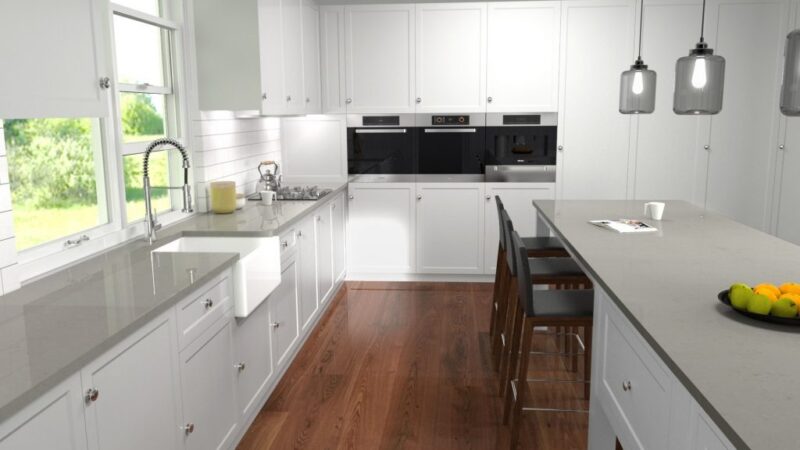In recent years, LED corn light bulbs have gained significant popularity due to their energy efficiency, long lifespan, and ability to replace traditional lighting solutions. Whether for industrial, commercial, or residential purposes, LED corn bulbs provide a cost-effective solution that is both environmentally friendly and versatile.
What are LED Corn Light Bulbs?
LED corn light bulbs are designed to resemble the appearance of corn on the cob, with rows of small LED lights on all sides. These bulbs are often used as replacements for traditional high-intensity discharge (HID) lamps, metal halide (MH), high-pressure sodium (HPS), and compact fluorescent lamps (CFL) in street lighting, warehouse lighting, and other large-scale lighting applications.
The unique design of LED corn bulbs allows them to emit light in all directions, ensuring uniform and widespread illumination. Their high lumen output combined with low energy consumption makes them ideal for areas that require high levels of lighting while keeping operational costs low.
Key Features of LED Corn Light Bulbs
- Energy Efficiency: LED corn light bulbs use significantly less power than traditional lighting systems. With energy savings of up to 80%, they offer an excellent solution for reducing electricity bills, especially in large installations.
- Long Lifespan: One of the standout features of LED corn bulbs is their longevity. With a lifespan of up to 50,000 hours or more, these bulbs require less frequent replacements, lowering maintenance costs.
- High Lumen Output: Despite their low energy consumption, LED corn bulbs offer high lumen output, making them suitable for replacing high-wattage traditional lights. This ensures that you get the same brightness but with less energy usage.
- Wide Beam Angle: LED corn bulbs emit light at a wide angle, often around 360 degrees. This ensures even illumination across large areas without the need for additional fixtures.
- Eco-Friendly: Unlike traditional bulbs, LED corn lights contain no hazardous materials such as mercury. This makes them environmentally friendly and easier to dispose of.
- Durability: Built with sturdy materials and advanced technology, LED corn bulbs can withstand harsh conditions, including extreme temperatures and humidity. This makes them suitable for both indoor and outdoor use.
Applications of LED Corn Light Bulbs
LED corn bulbs are versatile and can be used in various settings, making them ideal for:
- Street Lighting: Due to their high lumen output and wide beam angle, LED corn bulbs are perfect for outdoor lighting applications such as streetlights and parking lot lights.
- Warehouse Lighting: Their energy efficiency and durability make them a preferred choice for warehouses and other industrial applications where long-lasting, powerful lighting is required.
- Commercial Lighting: Retail stores, shopping malls, and other commercial spaces benefit from the bright and uniform lighting provided by LED corn bulbs, all while keeping energy costs manageable.
- Residential Use: Homeowners can use LED corn bulbs for outdoor lighting, such as in gardens, garages, and driveways, or for indoor lighting in areas that require high-intensity illumination, such as basements and workshops.
Advantages of LED Corn Light Bulbs Over Traditional Lighting
LED corn light bulbs offer several advantages over traditional lighting solutions, making them a superior choice for many applications.
1. Energy Savings
One of the most significant benefits of LED corn bulbs is their energy efficiency. Traditional HID, HPS, and MH lamps consume large amounts of power, driving up electricity costs. LED corn bulbs, on the other hand, can provide the same or even greater levels of brightness using only a fraction of the energy. Over time, this leads to substantial savings, particularly in large installations where hundreds of lights are in operation.
2. Longer Lifespan
Traditional bulbs, such as metal halide and high-pressure sodium lamps, typically last between 10,000 to 20,000 hours. In contrast, LED corn light bulbs can last up to 50,000 hours or more. This means fewer replacements, less maintenance, and overall reduced operational costs. For businesses and industrial setups, this long lifespan translates into fewer interruptions and more consistent lighting.
3. Instant-On and Flicker-Free Operation
Unlike some traditional lighting options that may take time to reach full brightness, LED corn bulbs provide instant, full illumination the moment they are turned on. Additionally, they operate without flickering, which is beneficial in environments where consistent lighting is critical, such as in manufacturing facilities or office spaces.
4. Low Heat Emission
Traditional lighting systems, especially incandescent and HID lamps, emit a significant amount of heat. This can lead to increased cooling costs in areas where temperature control is necessary. LED corn light bulbs, on the other hand, remain cool to the touch even after prolonged use, reducing the strain on air conditioning systems and creating a safer, more comfortable environment.
5. Environmentally Friendly
LED corn bulbs do not contain hazardous materials like mercury, which is common in some traditional lighting technologies. This makes them safer for both the environment and individuals who handle them. Moreover, the reduced energy consumption of LED corn bulbs contributes to a lower carbon footprint.
How to Choose the Right LED Corn Light Bulb
When selecting an LED corn light bulb, there are several factors to consider to ensure that you get the right product for your needs:
- Wattage Equivalent: Since LED bulbs consume far less energy than traditional lights, it’s essential to choose an LED corn bulb with a wattage equivalent to the traditional bulb it will replace. For instance, if you’re replacing a 400W HID lamp, you might need an LED corn bulb in the 100W range.
- Color Temperature: LED corn bulbs are available in various color temperatures, typically ranging from warm white (3000K) to daylight (5000K-6000K). The choice of color temperature depends on the application; warmer light is often used in residential settings, while cooler, brighter light is preferred for industrial and commercial applications.
- Base Type: Ensure that the LED corn bulb you’re selecting has the correct base type for your fixture. Common base types include E26, E39, and E40.
- Lumens: The brightness of an LED bulb is measured in lumens, not watts. When choosing an LED corn bulb, look for the lumen output that meets your lighting needs. Higher lumens equate to brighter light.
- Voltage: Make sure the voltage rating of the LED corn bulb matches the voltage of your electrical system. Some LED corn bulbs are compatible with both 120V and 277V systems, making them versatile for various applications.
Installation Tips for LED Corn Light Bulbs
Installing an LED corn light bulb is generally straightforward, but there are a few key considerations to keep in mind:
- Retrofit Considerations: If you’re retrofitting an existing fixture with an LED corn bulb, make sure to remove the ballast from the old system. LED corn bulbs do not require a ballast and can be directly wired to the power supply.
- Heat Dissipation: Although LED corn bulbs produce less heat than traditional lights, they still need adequate ventilation to ensure optimal performance and longevity. Make sure that the fixture allows for proper heat dissipation.
- Outdoor Use: When using LED corn bulbs outdoors, check the IP rating to ensure they are suitable for wet or damp environments. Many LED corn bulbs are designed for outdoor use but verifying this can prevent potential issues.
- Check Fixture Size: LED corn bulbs can be larger than traditional bulbs, so ensure that the bulb will fit within your fixture. If the bulb is too large, you may need to purchase a different fixture or opt for a smaller bulb.
Conclusion
In conclusion, LED corn light bulbs offer a modern, energy-efficient alternative to traditional lighting systems. With their long lifespan, high lumen output, and environmentally friendly design, they are an excellent choice for a wide range of applications, from street lighting to industrial and residential use.



